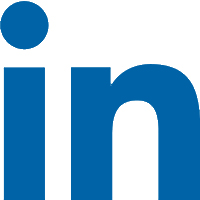Amandah is a girl with big dreams.
“I hope to be a designer when I grow up,” explains the fourth grader in Uasin Gishu County, located in Kenya’s Rift Valley region.
Sitting in class, Amandah throws her hand into the air as her teacher asks the class a math question – but it wasn’t always this way.
“Before I got my glasses, I couldn’t see very well from afar, no matter how close I was to the blackboard,” says Amandah.
Last year, she received free prescription eyeglasses through our school eye health program. Launched in 2021, the program has to date screened more than 86,000 children and 2,200 teachers for eye conditions across 220 schools in the county.
It’s part of our focus on achieving the UN’s Sustainable Development Goals, including improving access to quality education and achieving gender equality. Thanks to partnership with Kenya’s national government, Peek Vision and the United States Agency for International Development’s (USAID’s) Child Blindness Program, more than 8,000 students have been identified as having eye conditions and were referred for treatment.

“People often do not seek eye health care – or are simply unable to access it – for a variety of reasons,” says Alice Mwangi, our Country Director for Kenya. “We also know that women and girls are more likely to suffer vision impairment and face barriers to care.”
Today, we’re partnering with communities, focused on expanding school eye health programs in Africa and South Asia. “I would like to thank the people who gave me the glasses,” says Amandah. “Now that I can read and see well, I hope I will be able to achieve my dream.”
Learn more about our school eye health programs and how you can help.
This story and media content is made possible by the generous support of the American people through the United States Agency for International Development (USAID). The contents are the responsibility of Operation Eyesight Universal and do not necessarily reflect the views of USAID or the United States Government.


